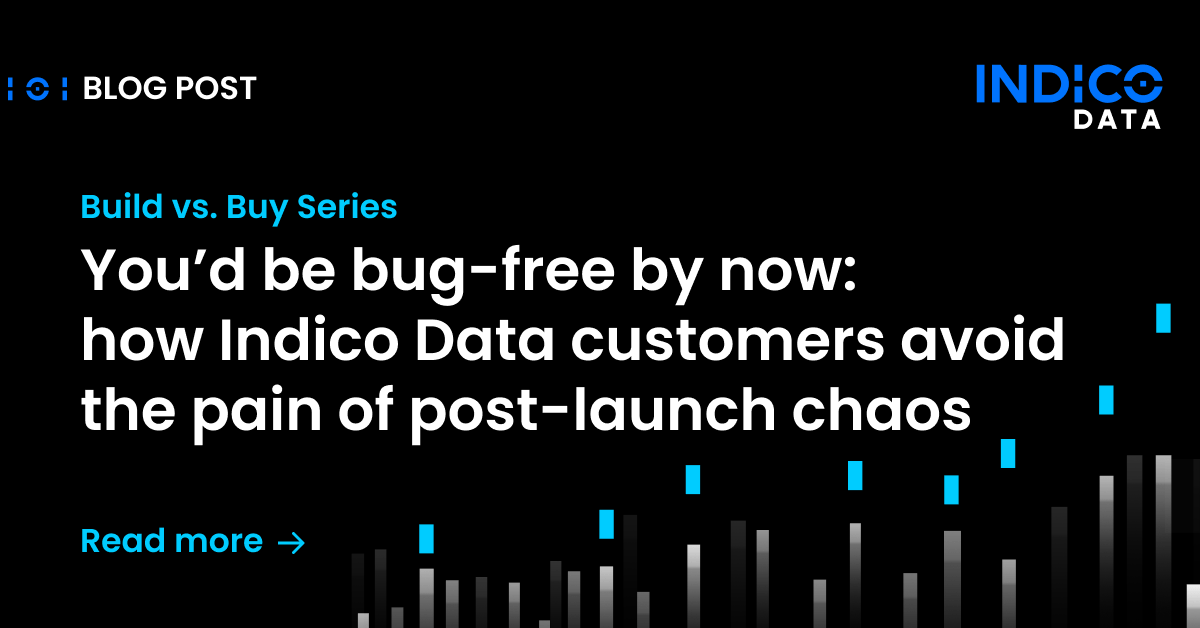Fraud has long been an issue in both retail and commercial insurance, but now carriers are finding automated claims processing technologies including intelligent document processing and artificial intelligence provide a way to fight back.
Insurance fraud costs U.S. businesses and consumers $308.6 billion per year, according to the Coalition Against Insurance Fraud. The top 5 culprits are:
- Life insurance: $74.7 billion
- Medicare: $60 billion
- Property & casualty insurance: $45 billion (auto theft fraud totaled $7.4 billion)
- Health insurance: $36.3 billion
- Workers’ compensation: $34 billion ($9 billion from premium fraud; $25 billion in claims fraud)
Numbers like that have carriers increasingly looking for claims automation technology that can help.
“Technology is playing a bigger role in addressing fraud, as insurers rely less on traditional methods such as business rules and red flags, and more on predictive modeling, link analysis, and artificial intelligence,” according to the National Association of Insurance Commissioners (NAIC).
Artificial intelligence does indeed play a large role in detecting insurance fraud, and on multiple levels. One, as NAIC suggests, is in the realm of predictive modeling and historical data analysis. But there’s a key step required before such technologies can come into play: converting the mostly unstructured content involved in claims into a structured format. That’s where intelligent document processing (IDP) comes in, and especially an IDP subset known as intelligent intake.
Intelligent intake helps automate claims fraud detection in at least three general categories: validation, anomaly detection, and analytics.
Related content: How automating claims intake streamlines settlements, saves time, and boosts customer satisfaction
Automating claims validation
One of the first steps in detecting claims fraud is simply validating all the claim data lines up with the claimant’s policy and history. The goal is to detect any discrepancies that indicate something may be amiss.
A worker’s compensation claim, for example, involves basics like the patient’s name and policy number along with historical health records, details on the specific medical issue giving rise to the claim, potentially court orders, and more. This data arrives on various forms and in different formats, nearly all of it unstructured. That means it’s a manual process for an insurance claims professional to review all the documents and make sure everything lines up.
Intelligent intake automates claims workflow, making the process far easier. Carriers can build AI-based automation models to “read” all these documents, extract relevant data, and convert it into a structured format. That means the claims professional no longer has to pore over all the documents looking for that data. Instead, the carrier can create workflows whereby relevant data is all presented together, making it far simpler to find any discrepancies.
Consider an auto claim, for example, in which the claimant submits an image showing the damage. A simple intelligent intake insurance claims workflow could determine the auto is indeed covered by the policy and that the geographic location where the image was taken matches where the accident is reported to have occurred – or not. And it all happens in a few seconds.
Automating claims anomaly detection
Another issue claims professionals look for to detect fraud is anomalies, or something that veers from an established pattern.
Consider a company with a fleet of cars or trucks. For 10 years, the firm has had no more than two claims per year in a specific geographic location, then suddenly has 10 in a six-month period. That should raise a red flag with claims adjusters – if they know about it.
Here again intelligent claims intake automation simplifies the process of getting at such data. Converting unstructured data from claims documents into a structured format creates a cleaner data pipeline that makes it possible to conduct such historical analysis and find such anomalies. It’s far more efficient and accurate than the alternative, which is the adjuster manually looking over a decade of claims data records.
Related content: How to eliminate manual processes in insurance claims and underwriting
Using AI-based analytics to detect insurance fraud
As the NAIC survey suggests, using AI to help detect insurance fraud is generating keen interest in the industry. Some surveys suggest 80% of insurers use predictive modeling to detect fraud, which typically involves AI.
But, as noted earlier, these tools require data be in a structured format before they can perform their magic. And any data model is only as good as the data it has to work with, which means more relevant data makes for better results.
That means the more you can employ intelligent intake tools to convert claims data into a structured format, the better your predictive modeling and other AI-based analytics tools will perform.
The incentive to employ such analytics tools to detect insurance fraud is great because they can serve a number of purposes. Analytics makes it far easier to detect claims that are part of fraud networks, for example. It can also be used to examine historical claims data analysis to detect a pattern of fraudulent behavior carried out over an extended period, which is far more difficult to detect manually.
With claims data in a structured format, carriers can also cross-reference claims with external databases to help verify their authenticity.
Learn more about how automated claims processing with intelligent intake can help in your quest to detect fraud detection in insurance claims. Sign up for a free demo or contact us with any questions.


